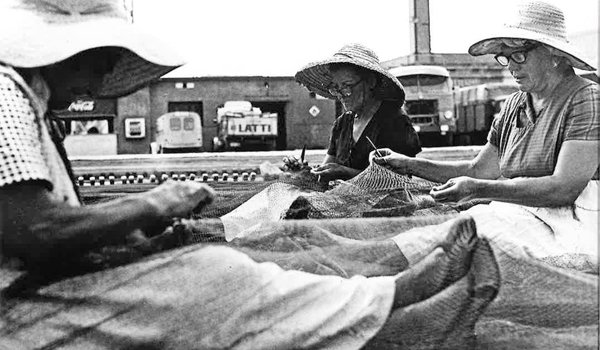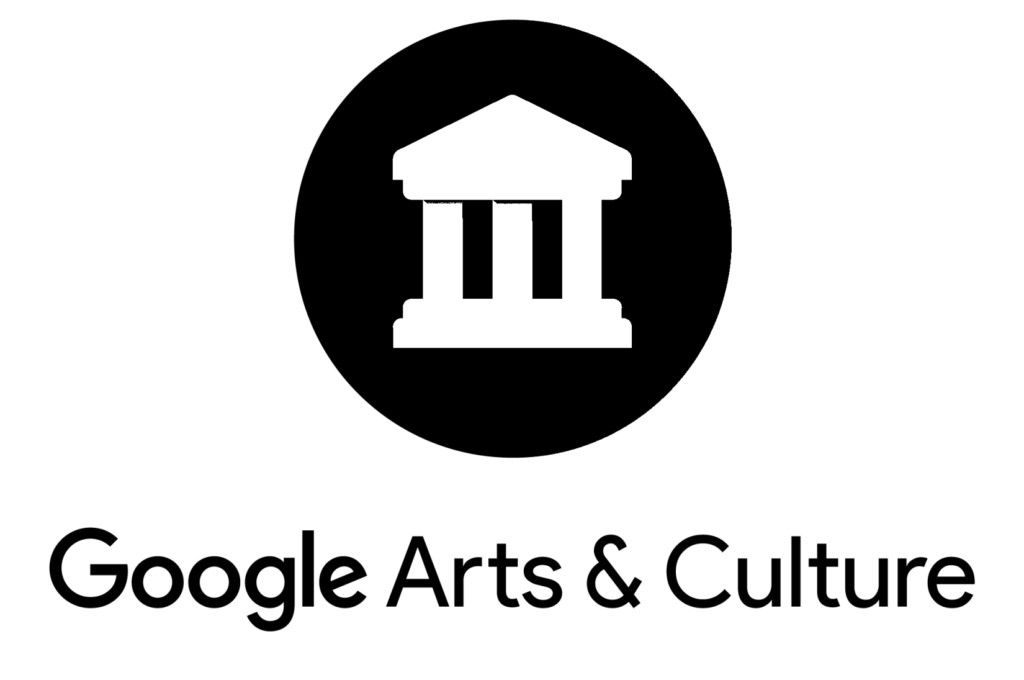For over 15 years, the Maritime Museum of Barcelona has distributed a series of grants and awards to promote research on maritime culture and history. The Museum currently gives out two annual research awards. The Ricart i Giralt Research Award and the Antoni de Capmany Award.
The Ricart i Giralt Research Award

Arxiu fotogràfic de l'MMB
The Ricart i Giralt Research Award was created in 2000 with the goal of promoting research in the social sciences on the maritime culture and heritage of the Catalan coast. It bears the name of Josep Ricart i Giralt, captain of the merchant marine, writer and director of the Nautical School of Barcelona. Since its ninth edition, it has been organized in collaboration with the Ramon Muntaner Institute. This association has helped to promote the award, which is now more widely known and closely tied to local research conducted in our area. This is an annual award with a prize of €6,000, given to a research project to be developed over the course of a year. Candidates are considered by a jury made up of a representative of the IRMU, a representative of the Maritime Museum of Barcelona, and two more prestigious individuals from the world of maritime culture, chosen by each of the organizing institutions.
The Antoni de Capmany Award
The Antoni de Capmany Award seeks to encourage investigation programs in the social sciences on maritime culture and heritage. The award is given to masters’ theses presented at the University of Barcelona. It is given out by the Maritime Museum of Barcelona, as part of the Permanent Observatory on Maritime Culture and History of the Mediterranean. The award is open to all individual masters’ theses presented at the University of Barcelona during the past two academic years. Candidate papers must be related to maritime culture from the point of view of the social sciences (history, biography, ethnology, sociology, economy, law, art history, archaeology, geography, etc.). The award comes with a prize of €3,000, and the jury may decide to give the runner-up an additional prize of €1,500. The jury is made up of five individuals, with two from the Maritime Museum, two from the University and an independent. They weigh the scientific interest, the methods and the innovation of the work, or its general interest.

Arxiu fotogràfic de l'MMB










